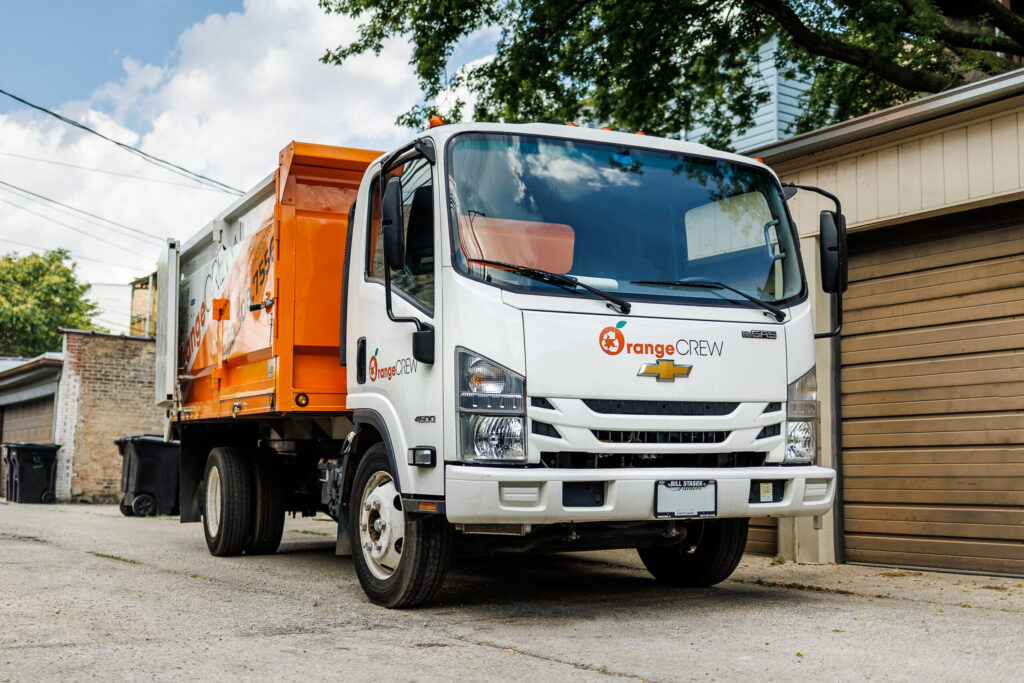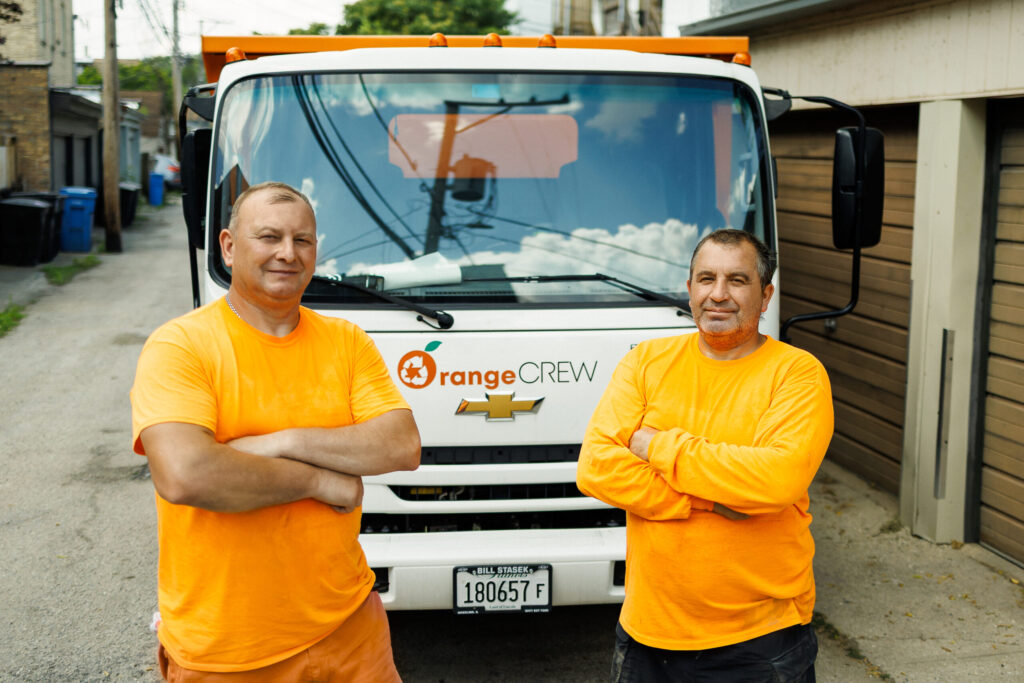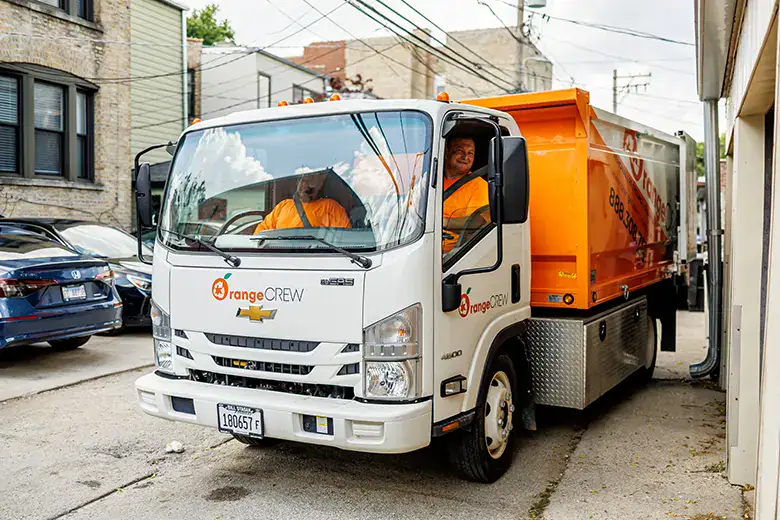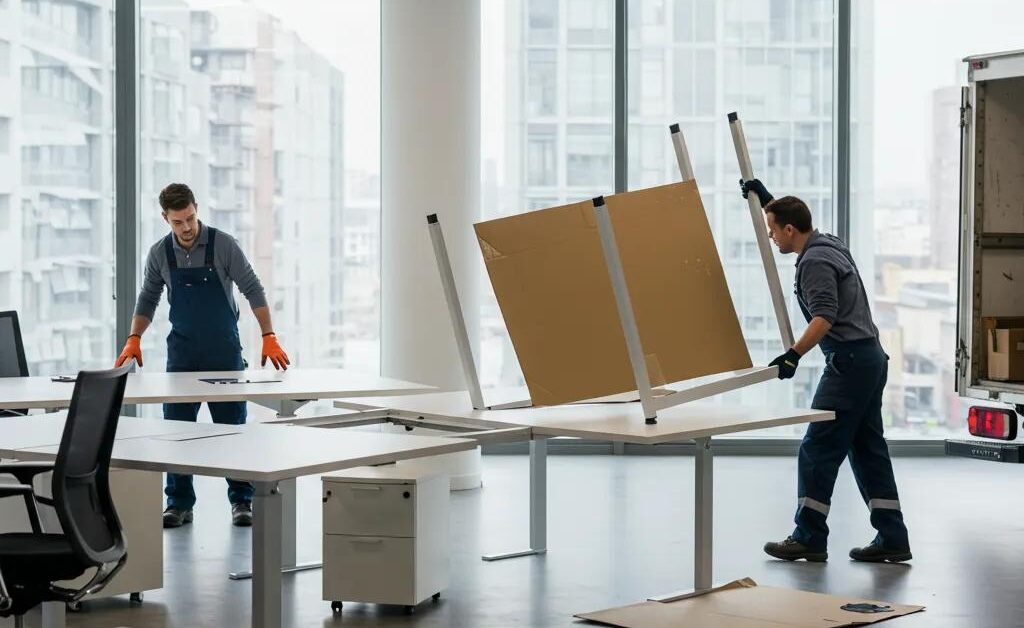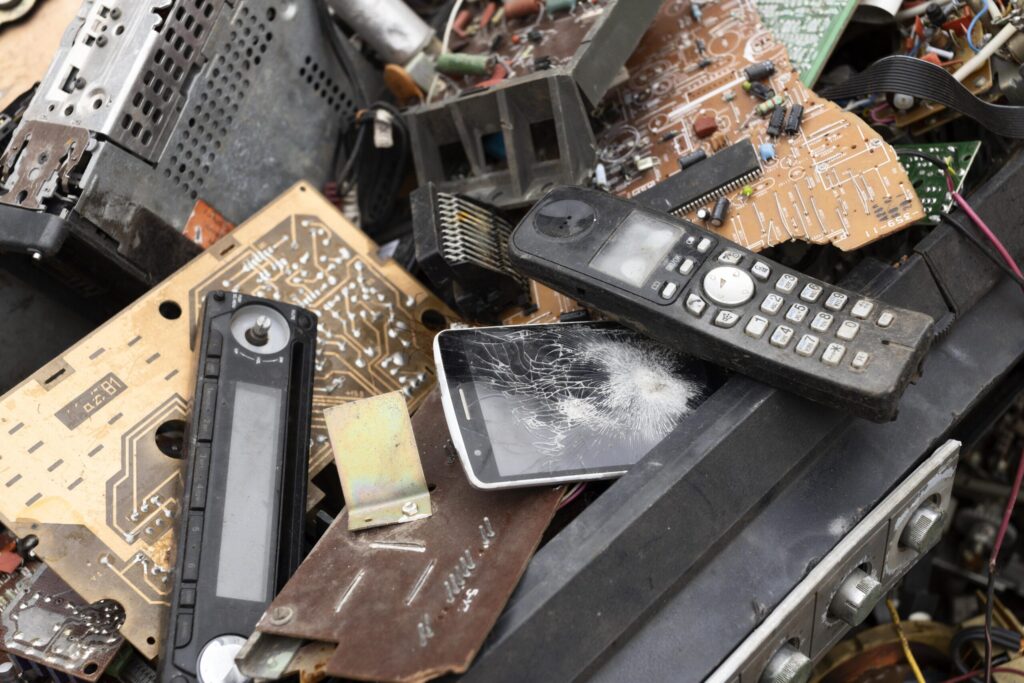Did you know the average American household owns nearly 24 electronic products—but only a fraction are ever recycled properly? In Chicago’s suburbs, that adds up quickly. Old laptops pile up in basements, cracked phones hide in drawers, and bulky TVs are left on the curb, all while leaking toxic materials that can harm our health and environment.
That’s where e-waste removal becomes more than just a chore—it’s a responsibility we share as neighbors. By handling unwanted electronics the right way, families and businesses can keep hazardous materials out of landfills and even give new life to devices through recycling.
In this post, you’ll find practical advice for households, businesses, and entire neighborhoods in Chicago’s suburbs. From exploring local recycling options to learning how schools and companies are stepping up, you’ll gain simple steps to protect your community—and clear out that growing stash of unused gadgets.
Why E-Waste Matters More Than You Think
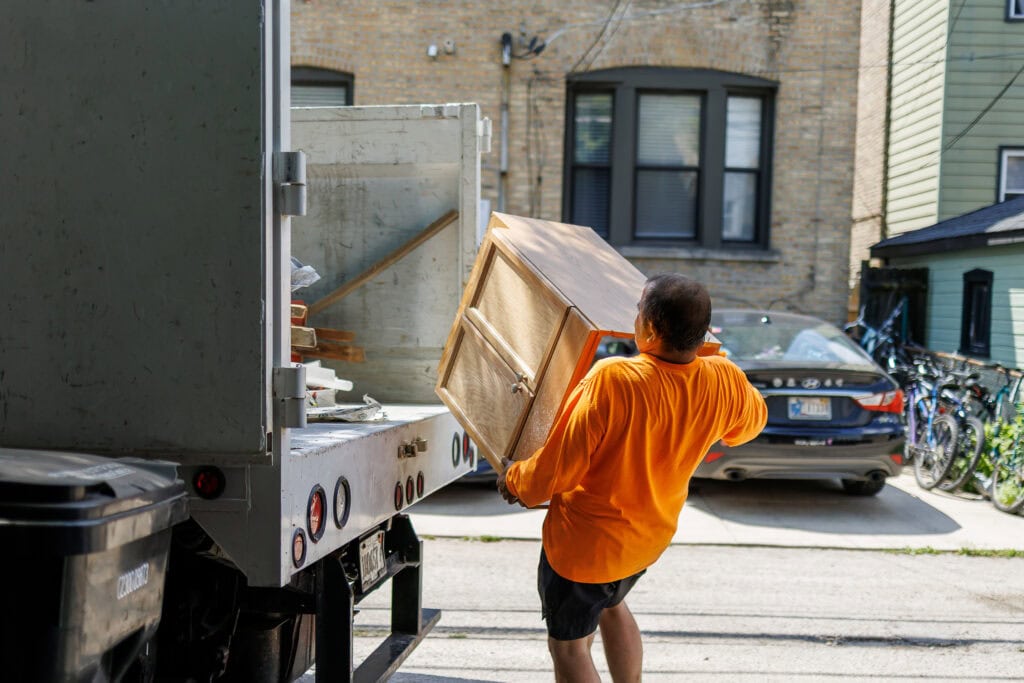
When most people think of waste, they picture overflowing garbage bins or heaps of plastic bottles. But the devices sitting quietly in your home—the dusty printer in the basement, the drawer full of tangled phone chargers, the old flat-screen you shoved into the garage—carry risks that aren’t so obvious. Unlike banana peels or cardboard boxes, electronics don’t break down naturally. Instead, they’re packed with materials like lead, mercury, and cadmium that can seep into the soil and water supply if they aren’t handled correctly.
What makes this even more pressing is how quickly technology changes. Families in Chicago’s suburbs are constantly upgrading laptops for school, tablets for work, or smart TVs for entertainment. Every shiny new purchase adds to the growing pile of outdated devices. Without responsible e-waste removal, these items can end up in landfills where they pose serious environmental and health hazards.
It’s not just about the environment either—it’s about protecting people. Communities located near improper dumping sites often see higher risks of respiratory issues and long-term health concerns linked to toxic exposure. That means the way we deal with unwanted electronics today can directly affect the quality of life in our neighborhoods tomorrow.
And the problem doesn’t stop at our local borders. Much of the e-waste that isn’t handled through proper channels is shipped overseas, often to countries that lack the resources to recycle safely. So, while it might feel like tossing out an old keyboard or TV isn’t a big deal, those choices ripple outward—impacting both global sustainability and local well-being.
The good news? Every household and business has the power to help shift this story. By paying attention to how we dispose of electronics, we can keep harmful materials out of our environment and support systems designed to recycle valuable resources responsibly.
The State of E-Waste in Chicago’s Suburbs
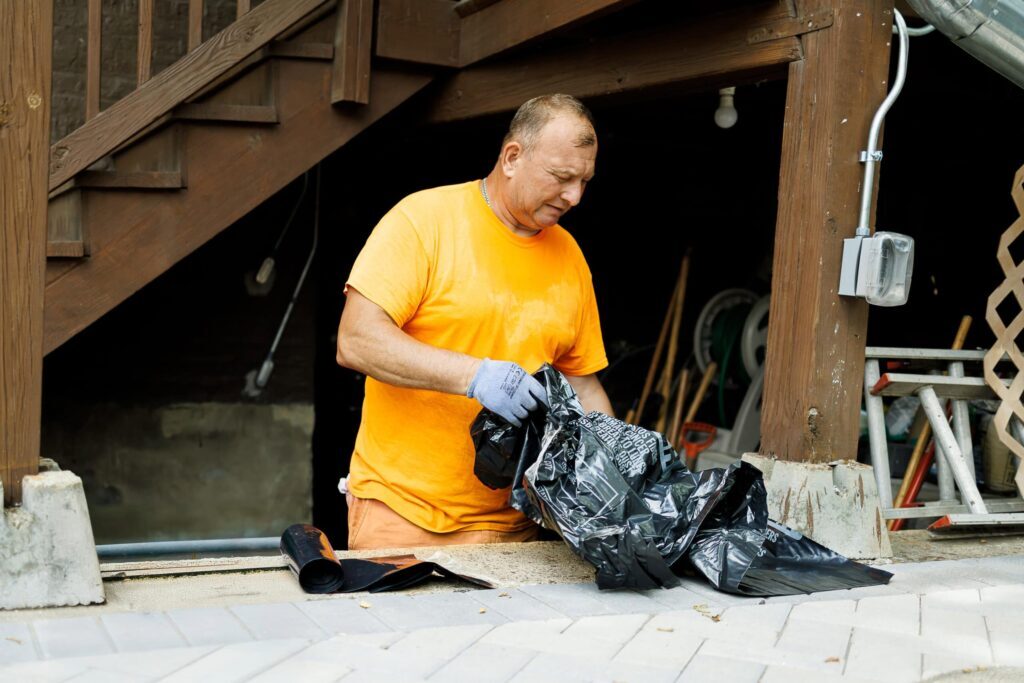
If you’ve ever wondered what happens after you haul an old TV or desktop out of the house, the answer depends largely on where you live. In Chicago’s suburbs, each community has its own approach to dealing with unwanted electronics, and while progress has been made, challenges remain.
Illinois is one of the states that takes electronic waste seriously. The Electronic Products Recycling and Reuse Act requires manufacturers to help fund recycling programs, and many towns across the suburbs host drop-off events or maintain designated collection sites. This means residents aren’t completely left on their own when it comes to safe disposal. Still, despite these efforts, gaps in accessibility and awareness often make it tough for families and businesses to know where to turn.
A big part of the problem comes down to convenience. While some municipalities hold seasonal collection drives, others rely on just a few permanent sites scattered across large areas. For a resident in a sprawling suburb, the closest location might still feel out of reach. It’s in situations like these that organized e-waste removal program become essential—offering curbside pickups or centralized drop-off events that take the guesswork out of the process.
Of course, it’s not all hurdles. Some suburbs are leading the way with strong recycling initiatives. For example, certain communities have partnered with nonprofit organizations to host recurring events, making it easier for residents to clear out garages and basements without stockpiling outdated gadgets for years. These programs not only keep hazardous materials out of landfills but also show how collaboration can bring real benefits to neighborhoods.
From a broader perspective, understanding the state of e-waste in the suburbs gives us a starting point. It highlights both what’s working—and what still needs attention—so individuals and businesses alike can play their part in building cleaner, safer communities.
Practical Advice for Households
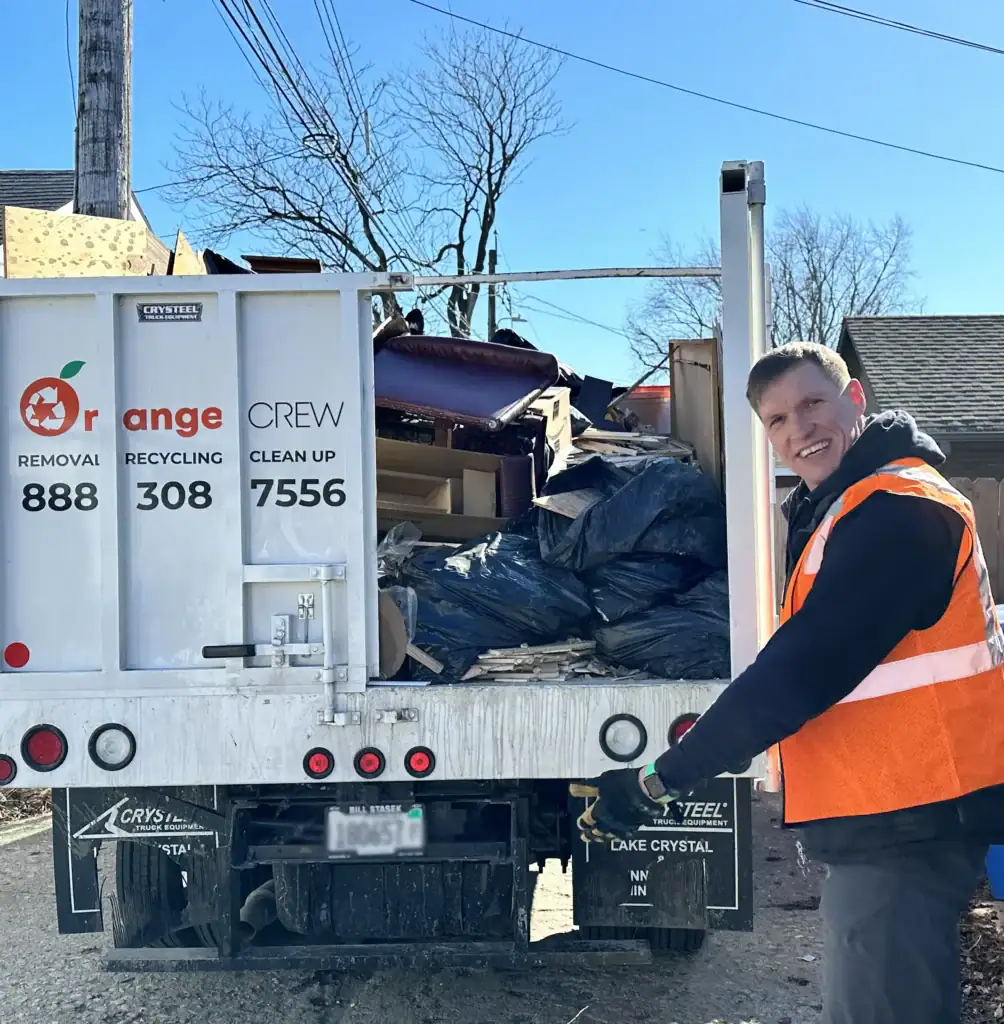
Clearing out old electronics doesn’t have to be overwhelming. With a few simple steps, families can safely part with outdated devices while protecting the environment.
1. Declutter with Intention
Take inventory of unused gadgets instead of letting them pile up. Sorting once or twice a year makes recycling manageable.
2. Prepare Items for Collection
Wipe personal data, remove batteries, and bundle cords. These steps make e-waste collection safer and protect your information.
3. Explore Drop-Off Options
Many suburbs host drives or partner with retailers. A quick search for “electronic recycling near me” points you to certified sites.
4. Donate or Repurpose Before Recycling
If a device works, donate it. Even older computers can serve a second life for schools or nonprofits.
5. Make It Routine
Add electronics clean-outs to your spring cleaning list. When it’s part of the family routine, e-waste removal becomes second nature.
Taking small steps at home frees up space and helps keep harmful materials out of landfills.
How Businesses Can Lead the Way
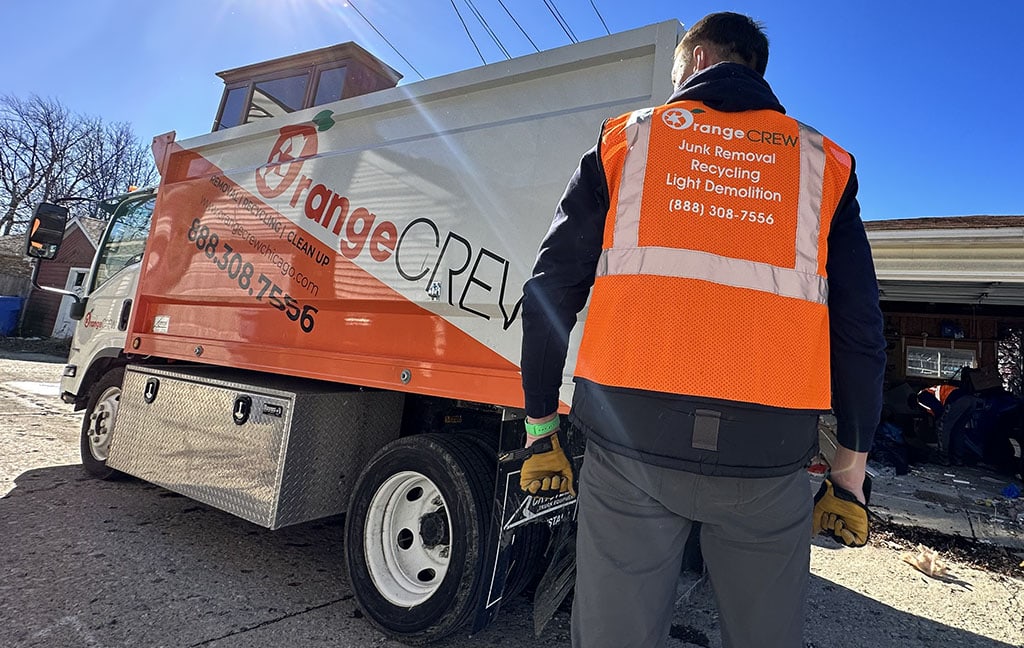
Businesses generate far more unwanted electronics than households. Offices, shops, and even home-based companies replace technology regularly, leaving piles of devices behind.
This is where business electronics recycling makes a difference. Instead of storing or discarding old hardware, organizations can rely on certified programs that handle large-scale disposal responsibly. These services ensure toxic materials are processed correctly and recover reusable parts for manufacturing.
Data security is another reason recycling matters. Retired laptops or servers may hold sensitive information. Certified providers guarantee data is wiped or destroyed, protecting clients and a company’s reputation.
Local businesses can also influence the community. When companies sponsor e-waste removal events, they give residents convenient recycling options while showing real leadership. Imagine a suburban business partnering with a nonprofit to host a weekend drive—it builds goodwill while making recycling easier for everyone.
By choosing sustainable disposal, businesses protect the environment, reduce risks, and inspire the neighborhoods around them.
Also Read: How Appliance Removal & Large Item Pickup Works in Northbrook: A Guide to Same-Day Service
Building a Stronger Community Around E-Waste Awareness

Tackling electronic waste isn’t just about what you do at home or in your workplace—it’s about how entire neighborhoods come together to make a difference. When communities take a collective approach, the impact grows far beyond what individuals or businesses could achieve alone. Here are a few ways suburban areas can strengthen awareness and participation:
1. Host Community Collection Events
Local governments, schools, or nonprofits can organize regular drives where residents drop off old devices in one central spot. These e-waste collection events make recycling more convenient and help spread the word about why safe disposal matters.
2. Involve Schools and Youth Programs
Students are some of the best advocates for change. Schools that include recycling education in their curriculum—or host their own electronics drives—help raise a new generation of eco-conscious leaders. Kids often bring these lessons home, encouraging families to take part.
3. Partner with Local Nonprofits
Nonprofit organizations frequently have the networks and resources to manage recycling initiatives. By partnering with them, communities can expand access to business electronics recycling services and reach residents who might not otherwise participate.
4. Lean on Local Governments
When town councils or village boards support e-waste removal initiatives, they can secure funding, set up permanent drop-off sites, and provide residents with reliable information. These partnerships give programs the stability they need to succeed long-term.
5. Celebrate and Share Success
Communities that highlight their progress—whether through newsletters, local media, or social media—motivate more people to get involved. Celebrating milestones, like the number of pounds of electronics safely recycled, turns recycling into a shared source of pride.
By building community-driven momentum, Chicago’s suburbs can transform the challenge of electronic waste into an opportunity for connection, responsibility, and lasting impact.
Finding Reliable E-Waste Removal Solutions Near You
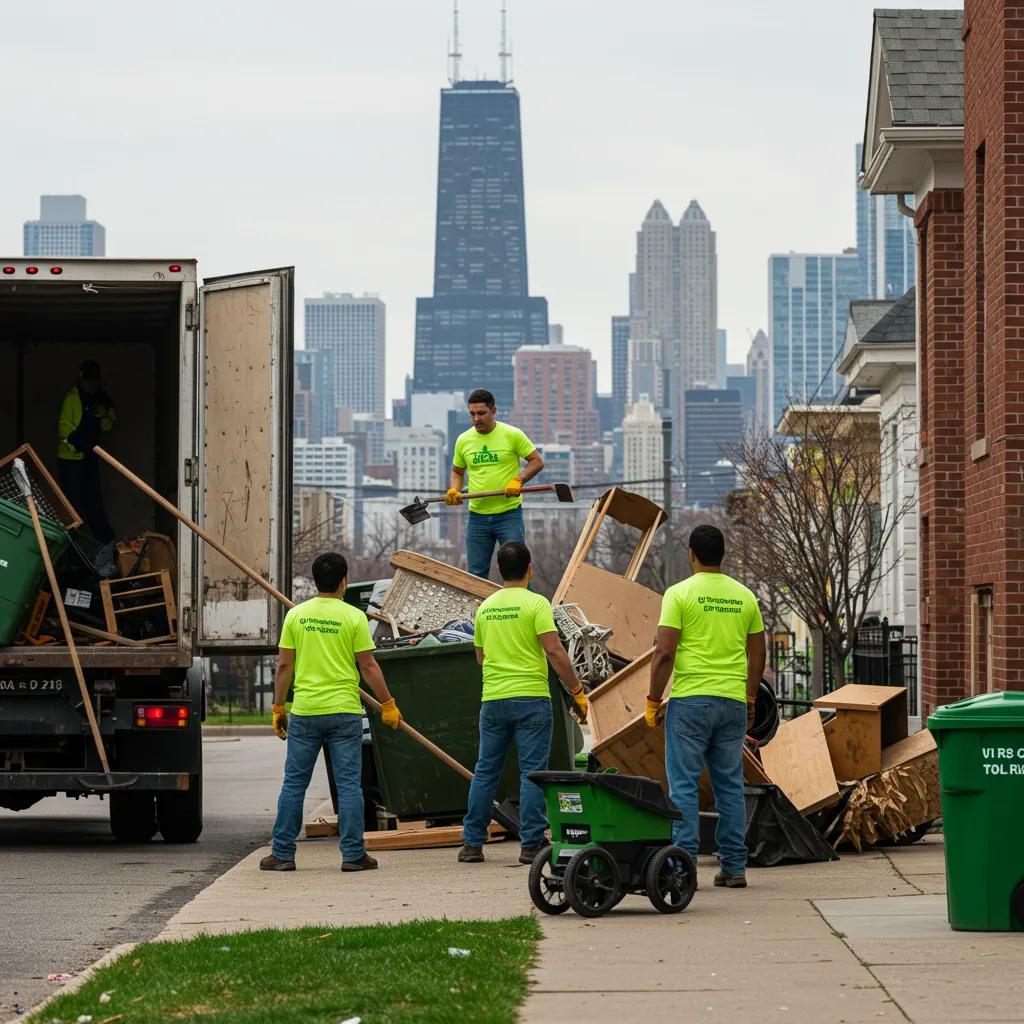
Once you’ve decided to clear out those unused gadgets, the next big question is: where should they go? The good news is that finding a trustworthy recycling provider doesn’t have to feel like a scavenger hunt. In Chicago’s suburbs, residents and businesses have access to a variety of services—what matters most is knowing how to choose the right one.
The first thing to look for is certification. Reliable recyclers follow strict guidelines to make sure electronics are dismantled and processed safely. These providers don’t just toss items in a bin—they ensure toxic materials are handled correctly and valuable parts are reused whenever possible. Taking the time to find a certified program means your effort truly helps protect the environment.
It’s also important to watch out for misleading claims. Some companies advertise eco-friendly services but ship electronics overseas, where they may be burned or dumped unsafely. Asking a provider about their process can give you peace of mind that your devices are being handled responsibly. A quick online search for electronic recycling near me is a good starting point, but double-checking the recycler’s credentials is what makes all the difference.
For larger items—or for businesses managing multiple devices—scheduled pickups can be a lifesaver. Many providers offer convenient e-waste removal services that take the hassle out of loading and transporting heavy equipment. Whether it’s a single old television or a fleet of outdated office computers, having a reliable service step in makes the process smooth and stress-free.
At the end of the day, finding the right recycling partner isn’t just about convenience—it’s about making sure your actions truly benefit your community. With a little research and the right questions, you’ll feel confident knowing that every piece of outdated tech is being handled with care and responsibility.
Protecting Your Community Starts with You
Electronic waste isn’t just an abstract environmental issue—it’s a challenge that touches every household, business, and community in Chicago’s suburbs. From the dangers of toxic materials to the obstacles of limited drop-off options, it’s clear that the way we handle old devices today directly affects our neighborhoods tomorrow. The encouraging part is that solutions are already within reach.
By taking small steps at home, like preparing devices for e-waste collection or donating still-working gadgets, families can do their part to reduce clutter and protect the environment. Businesses, too, play a huge role—embracing business electronics recycling not only safeguards sensitive data but also shows leadership in building sustainable communities. And when neighborhoods come together through collection drives or awareness campaigns, the impact multiplies, creating cleaner, healthier places for everyone.
Now is the time to move from awareness to action. Whether you’re searching online for electronic recycling near me or encouraging your workplace to organize an e-waste removal event, every effort contributes to lasting change. The next step is yours—take it, and help protect both your home and your community for years to come.

